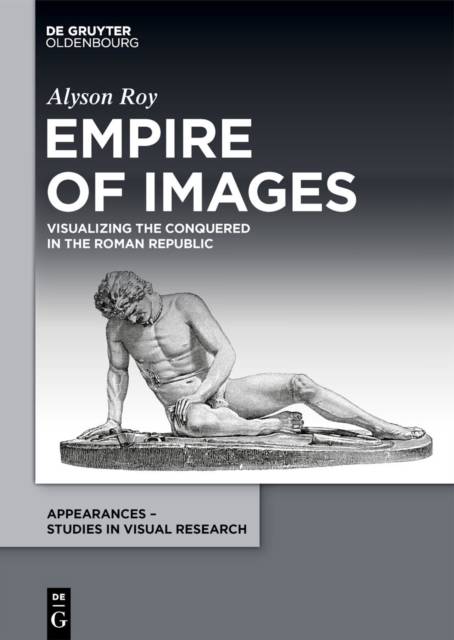
- Afhalen na 1 uur in een winkel met voorraad
- Gratis thuislevering in België vanaf € 30
- Ruim aanbod met 7 miljoen producten
- Afhalen na 1 uur in een winkel met voorraad
- Gratis thuislevering in België vanaf € 30
- Ruim aanbod met 7 miljoen producten
Zoeken
Omschrijving
Rome was an empire of images, especially images that bolstered their imperial identity. Visual and material items portraying battles, myths, captives, trophies, and triumphal parades were particularly important across the Roman empire. But where did these images originate and what shaped them? Empire of Images explores the development of the Roman visual language of power in the Republic in Iberian Peninsula, the Gallic provinces, and Greece and Macedonia, centering the development of imperial imagery in overseas conquest. Drawing on a range of material evidence, this book argues that Roman imperial imagery developed through prolonged interaction with and adaptation by subjugated peoples. Despite their starring role in Roman imagery, the populations of Rome's provinces continuously reinterpreted and reimagined Roman images of power to navigate their membership in the new imperial community, and in doing so, contributed to the creation of a universal visual language that continues to shape how Rome is understood.
Specificaties
Betrokkenen
- Auteur(s):
- Uitgeverij:
Inhoud
- Aantal bladzijden:
- 183
- Taal:
- Engels
- Reeks:
- Reeksnummer:
- nr. 5
Eigenschappen
- Productcode (EAN):
- 9783111325347
- Verschijningsdatum:
- 1/04/2024
- Uitvoering:
- Hardcover
- Formaat:
- Genaaid
- Afmetingen:
- 160 mm x 226 mm
- Gewicht:
- 589 g

Alleen bij Standaard Boekhandel
+ 341 punten op je klantenkaart van Standaard Boekhandel
Beoordelingen
We publiceren alleen reviews die voldoen aan de voorwaarden voor reviews. Bekijk onze voorwaarden voor reviews.








